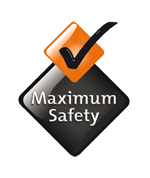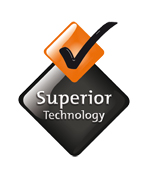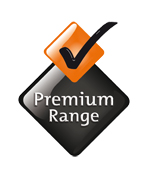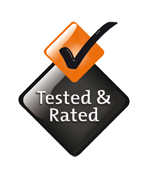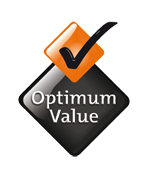 Tested & Rated
Tested & RatedGlobal Standards
 Australian
AustralianMade & Owned
 Lifetime Warranty
Lifetime WarrantyRegister Now
 Rover Testing Facility
Rover Testing FacilityComponent Type Approvals
The maximum tow rating can usually be found in your vehicle’s handbook. We provide Rating Labels to be placed inside the driver’s door and on towbar, which display towing capacity and ball weight of the towbar. You must not exceed the maximum capacity of either the vehicle, or the towbar.
A standard towbar is usually a flat tongue held onto the towbar with two 24mm bolts. They are designed for smaller trailers and smaller loads. Heavy duty towbars are designed around a 50mm square hitch receiver. The tongue section is secured with a pin and clip, making it easy to remove when not in use. They are designed to match the maximum towing capacity of the fitted vehicle.
Static testing towbars to AS4177 in itself is simply inadequate. Results are easily manipulated for a test pass and not representative of today’s vehicles or towing requirements. AS4177 static testing was conceived when vehicle design construction, manufacturing methods and materials were significantly different than those of today. Towbars that are simply static tested and fitted to modern vehicles are known to result in costly vehicle damage and warranty repairs. These towbars are also patently unsafe. This knowledge is shared with you from our vast experience producing Original Equipment towbars to genuine specifications.
No. All of Milford's towbars are rated and tested to the highest Australian and international standards, including ITAF16949 and ISO9001. . All of Milford’s Cargo Barriers and Towbars are certified and tested in house, at our NATA certified facility. Find out more about our certifications here.
